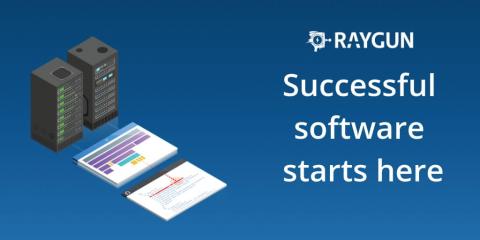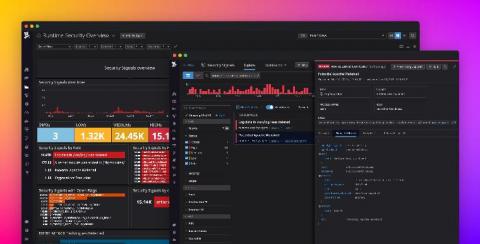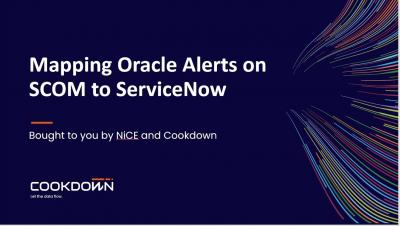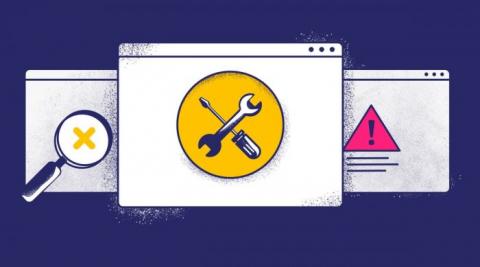Welcome to Raygun APM: A quick-start guide for new and returning customers
Welcome to Raygun APM. Raygun’s modern Application Performance Monitoring (APM) beats traditional solutions by providing actionable, developer-level insights into server-side performance issues. In this article, you’ll learn how to set up Raygun APM to be the most effective, plus a few key features that we recommend.











